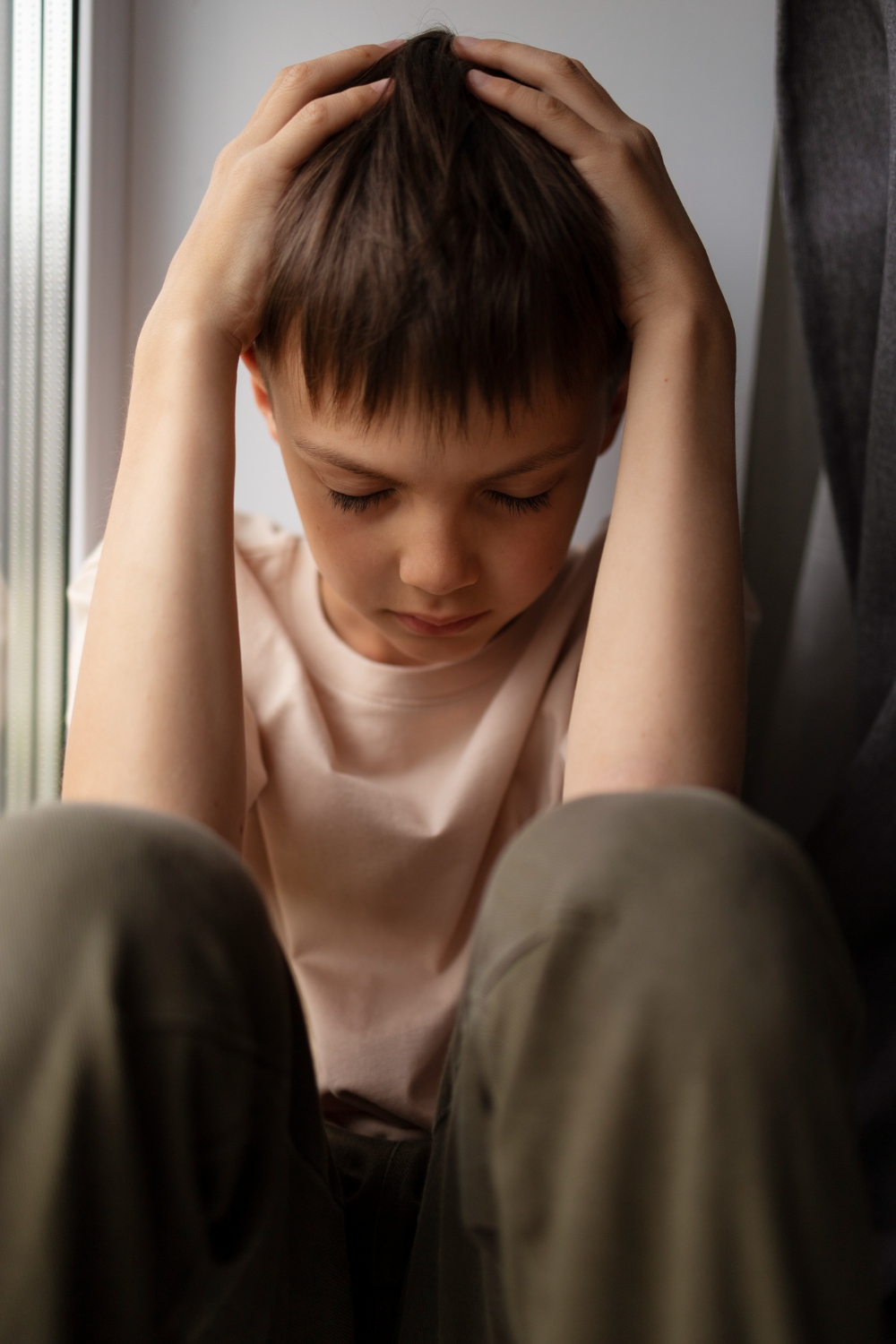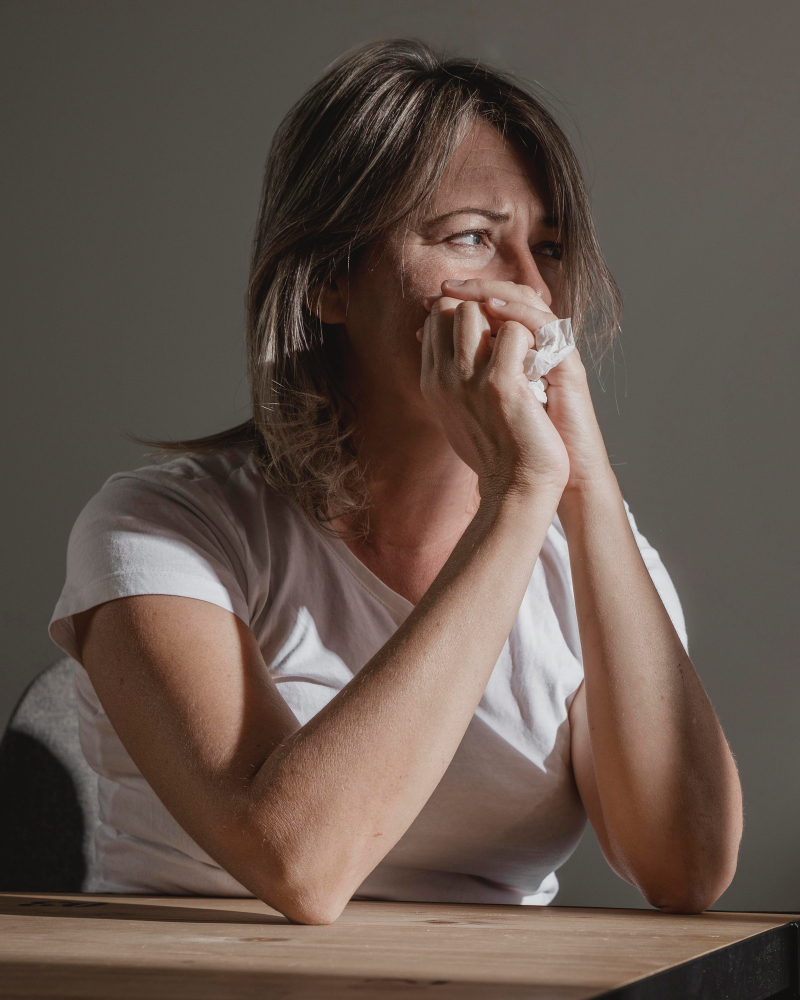My twins have been at war since birth, fighting for attention, toys, and whatever the other one had. They love each other plenty as well, but not in the want to cuddle kind of way. They like opposite foods, settings, people. Sensory seeker and sensory avoider. There has been no sharing of snacks or secrets, no whispered promises of protection in the dark. There have been perhaps five moments in their lives where they acted in obvious harmony.
The school saw twins and imagined something else entirely.
They imagined a soft bond. They imagined my daughter soothing her brother when he was upset. They imagined her explaining his behaviour to peers, forgiving his outbursts, holding the emotional ground while he unspooled. They imagined her as a buffer, a bridge, a second support person—someone calm enough, regulated enough, mature enough to carry what the system could not. They tried to draft her into that role, against her will, again and again. And she did help for a while.
Normalising distress: When dysregulation becomes a classroom condition
The principal once said, without irony, that my son’s “baseline is dysregulated”—a phrase that collapsed every year of missed interventions, unsupported transitions, and environmental triggers into a single sentence that relieved the school of responsibility.
Baseline describes the regulated state a child returns to when they feel safe. When staff call distress the baseline, they are admitting that the environment is so chronically inaccessible that it has erased the difference between calm and crisis.
That declaration gives the system cover. It signals that no new response is needed, no debrief is owed, and no restoration is expected. The child’s behaviour is explained as inherent, and the people around them are simply expected to adjust.
Support becomes containment. Observation replaces intervention. And those in the path of repeated harm are reinterpreted as resilient, or worse, as necessary collateral.
My daughter was never identified as a child affected by my son’s dysregulation. Her body was never logged in an incident report. Her trauma never measured. Her distress never named.
-
When they call distress the baseline
When a principal told me, “his baseline is dysregulated,” I realised how far we had drifted from care. This was not a description. It was a dismissal. Distress had become so familiar in the classroom that it was no longer seen as a…
Consent is not part of the inclusion plan
When my son became dysregulated—yelling, swearing, hitting, or physically menacing those around him—there was rarely a consistent adult response. Sometimes he was removed. Sometimes he was calmed. Sometimes he was left in the room until the crisis passed. And often, when the wave had broken, he would reach for someone nearby.
That someone was usually my daughter.
He reached for a hug to soothe himself, and the school called it sweet. When she said no, they said nothing. When she asked for help, they just smiled and said, “He loves you.”
They used my daughter as a tool, not a child—with her body, her patience, and her silence conscripted into a containment strategy she never consented to. His inclusion was predicated on her distress, and the adults around them treated this as a reasonable trade.
Every time I raised the issue of the hugging they looked at me like I was the one crossing a line. As if to say it out loud, to describe it plainly, was somehow inappropriate or gross.
She screamed and got mean
Since birth my daughter has hollered when she felt incensed and had reached a breaking point. She would just wail and wail.
When staff wouldn’t help with the hugging, she would come home screaming. I tried to help and when that didn’t help, she began to retaliate. She mocked him. She turned classmates against him. She teased him in front of others and made him feel unsafe to make him stay away.
To someone observing from the outside, it might have looked like bullying. But to a mother who had watched her daughter plead for help and be dismissed, heard her cry—“nobody cares what I want,” “they won’t stop him”—it looked like a child trying to claw back dignity in a system that gave her none.
Her behaviour was not the problem. Her behaviour was the message.
And that message came with a cost to their relationship, one they are still paying. When she finally turned on him—mocking him, isolating him, pushing him away—it was not just pain, it was betrayal, and that betrayal was engineered by a system that refused to intervene until she snapped.
The school didn’t just fail to protect my daughter’s consent—they robbed both my children of the possibility of a relationship built on trust. That cruelty, when it finally came, was not hers alone. It was another layer of injury the school allowed, another consequence my son could not understand and did not deserve.
The principal didn’t like my language
When I brought this up with the school—about my daughter being touched against her will, about the freezing and the flinching and the failure to intervene—the principal said she didn’t like my language.
Not the content. Not the harm. Not the unbearable truth that a girl had been used as a regulation tool for someone else’s distress.
She took issue with the phrasing.
And in that moment, I felt utterly abandoned. To focus on tone while a child’s consent was being ignored, to prioritise the comfort of staff over the safety of a girl—I felt like I was screaming underwater.
I had expected a conversation about support. I was given a lesson in etiquette. It was a professional reprimand, not a relational reckoning.
-
The politics of politeness: how tone-policing silences parent advocates
When a parent dares to speak plainly about harm—especially when that harm is systemic, ongoing, and inflicted upon a disabled child—they are swiftly met with a familiar response: watch your tone.
And it confirmed what my daughter already knew: this system protects itself, not the people inside it.
By then, I had already been living inside a kind of Sophie’s choice for months. I was being asked to send both my children into a classroom that could not keep either of them safe. I was being asked to choose who needed me more—whose distress would be louder, whose pain would count.
The school framed it as equity. I experienced it as being ripped in half.
I could not tell my daughter she was safe when no one upheld her no. I could not tell my son he was supported when no one helped him repair. And I could not carry the weight of both their survival while being told to modulate my tone.
That moment with the principal—her concern about language, her refusal to hear the core of what I was saying—was not just a slight. It was an institutional confirmation that the system had no intention of acknowledging what was happening to my family. Adults must set the tone for how children should act and learn and she had abdicated that responsibility.
They treated me like I was hysterical. Like I had a trauma history that made me exaggerate, overprotect, overreact.
She came home crying nearly every day, but the part I still carry in my body are the nights she woke up screaming—saying “no” over and over in her sleep, repeating her brother’s name like a reflex, like a memory her nervous system could not release.
That is what happened when no adult stepped in, when no one gathered the children, when no one said, “This is not okay.” Her body said it for her, night after night, long after the classroom door closed.
There is no repair without boundaries
I have explained boundaries and consent at home. My son knows that a hug must be mutual, not assumed. But regulation must come first. Regulate, relate, then reason—this is not just a parenting framework, it is a biological reality.
When my son is hurt or overwhelmed, he can come up swinging. That moment is not the time to ask him to reason or reflect. That is the moment he needs co-regulation, safety, and adult containment so he can return to himself without harming others or being harmed further.
When staff were present, they sometimes cleared children out of the way—but what never followed was the part that mattered most: helping him come back. There was no process to name the rupture, no structure to relate and rebuild trust, no circle to gather the children and say, gently, here is what happened and here is how we might do it differently next time.
Instead, if he calmed on his own, he was allowed to slip back into whatever he had been doing, as if nothing had occurred. He was expected to resume, and those around him were expected to absorb.
But repair is not just absence of escalation. Repair is not calm in isolation. Repair is the process of restoring dignity, clarity, and connection—for everyone affected.









